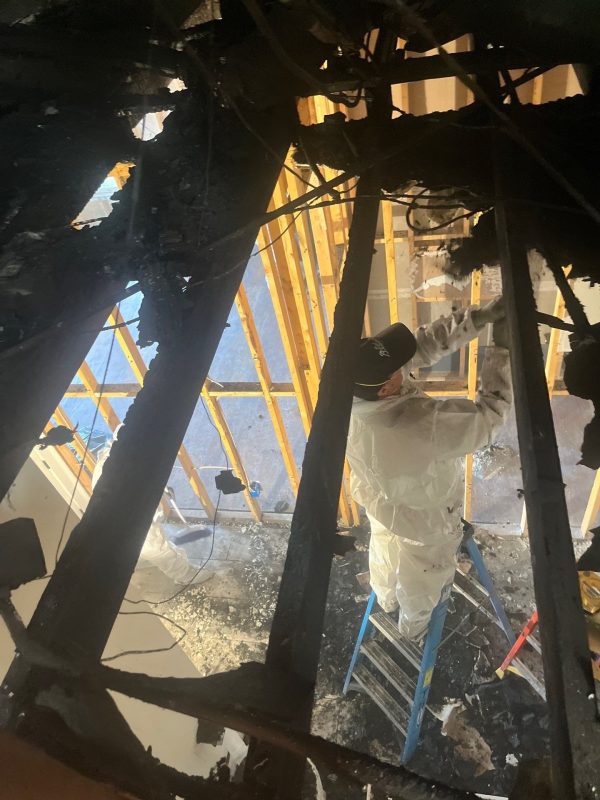24/7 Emergency Service

As the temperature drops and the seasons change, homes become cozy retreats for families. However, the increased use of heating equipment, festive decorations, and the comfort of open flames can pose significant fire risks. Understanding the common causes of house fires during fall and winter can help you take proactive measures to protect your home and loved ones. In part one, we focused on heating equipment, cooking mishaps, and electrical hazards. Read below for more helpful tips.
Candles and decorative lights bring warmth and cheer during fall and winter but can be dangerous when not used carefully:
Prevention Tips:
Cold weather often pushes smokers indoors, increasing the risk of accidental fires:
Prevention Tips:
A dry Christmas tree can become a fire hazard if exposed to heat sources or faulty lights. When combined with holiday celebrations, this can lead to devastating fires.
Prevention Tips:
Cluttered storage areas can become fire hazards, especially when flammable materials like paint, gasoline, or cleaning supplies are improperly stored.
Prevention Tips:
Awareness and preparation are your best defenses against house fires during the fall and winter seasons. By understanding the risks and implementing preventive measures, you can enjoy a warm and safe home during the colder months. Take the time to inspect your home, educate your family, and invest in fire safety tools such as smoke detectors, fire extinguishers, and carbon monoxide alarms. A little diligence goes a long way in keeping your household safe from fires.

